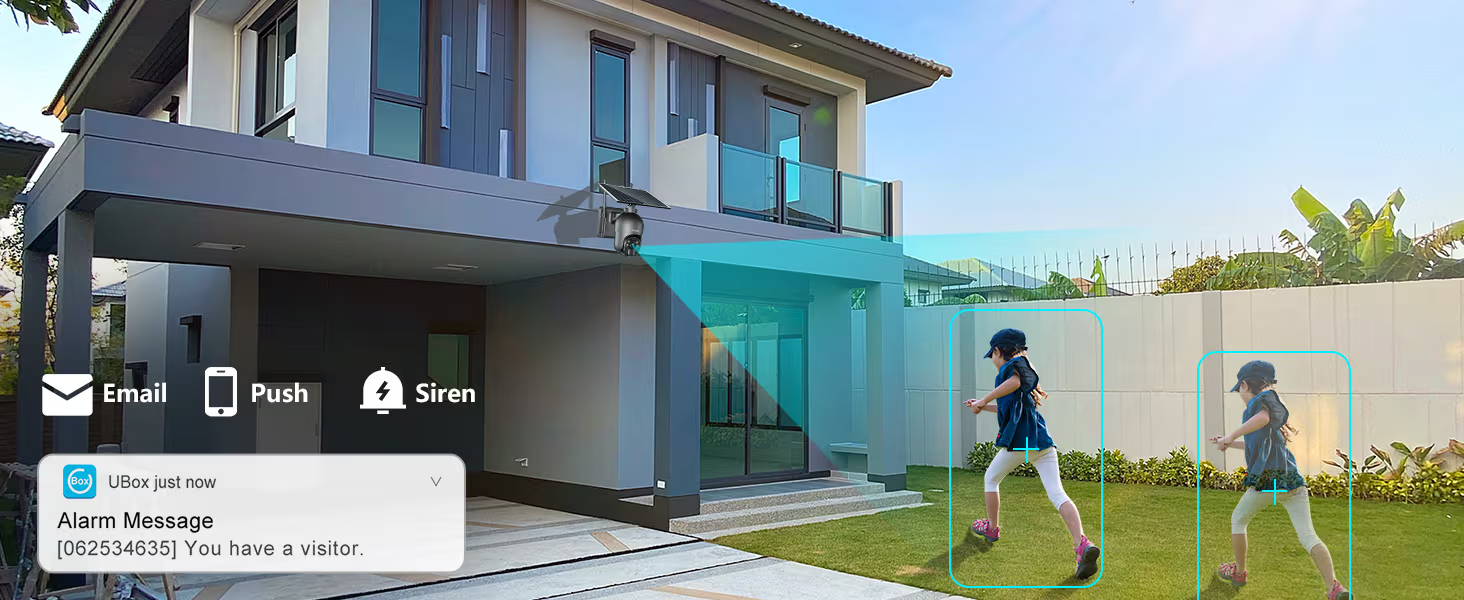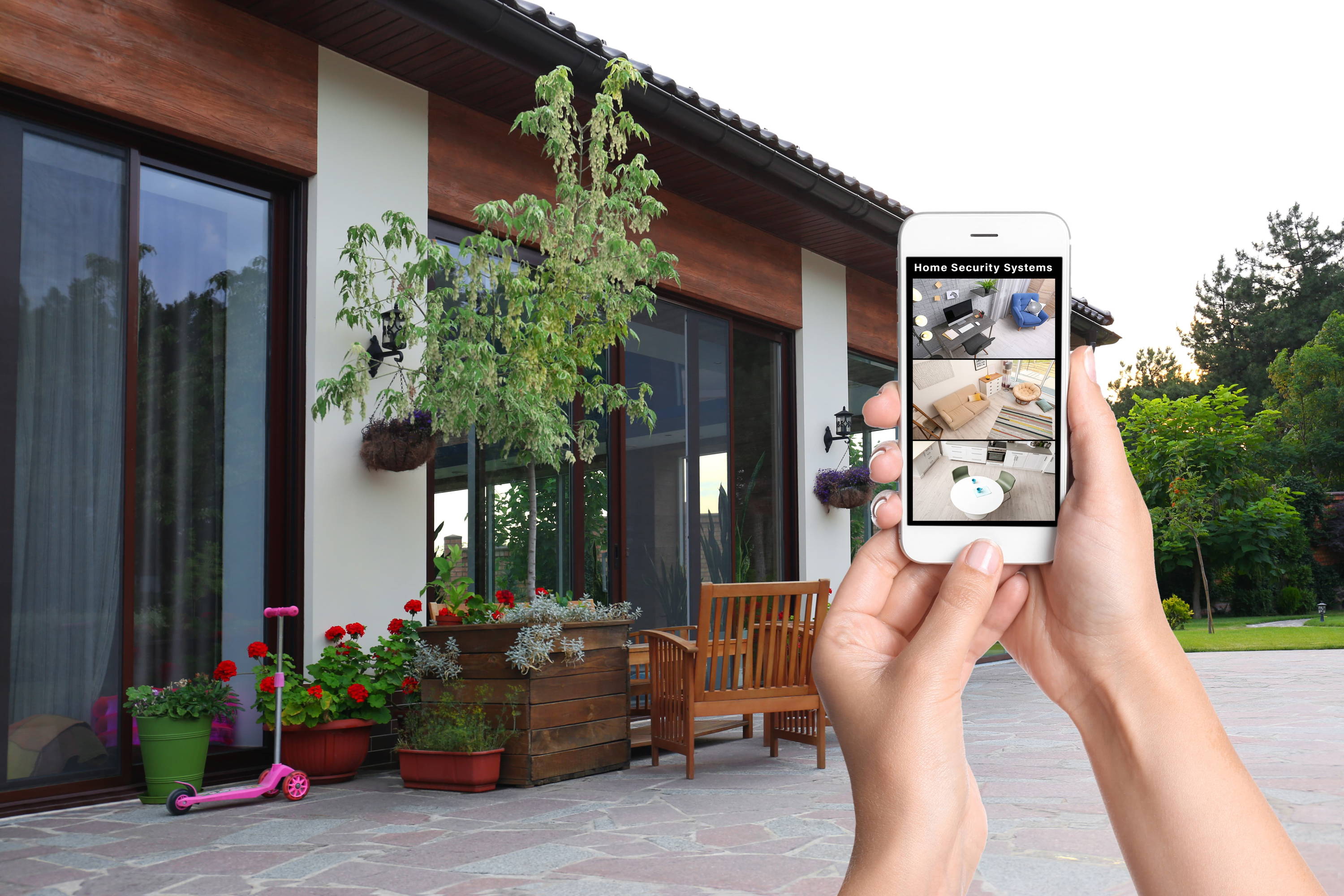What Is PIR Sensitivity? A Beginner’s Guide
Written by Lila - Published on May 12, 2025

If you’ve ever used a motion-activated security camera or light, you’ve likely encountered PIR (Passive Infrared) sensors. But what exactly is PIR sensitivity, and how does it affect motion detection?
In this beginner-friendly guide, we’ll explain PIR sensitivity, how it works, and how to adjust it for optimal performance.
What Does PIR Sensitivity Mean?
PIR sensitivity tells you how easily a passive infrared (PIR) sensor notices motion. A PIR sensor looks for rapid changes in heat energy that come from warm bodies—people, pets, or even vehicles—moving across its field of view.
When the sensor is very sensitive, even a small heat change can trigger an alert. When it is less sensitive, the sensor needs a bigger or closer heat source to react.
How Does a PIR Sensor Work?
PIR sensors detect infrared radiation (body heat) emitted by living beings. Here’s how they function:
Dual Sensors – Most PIR sensors have two pyroelectric sensors that detect heat changes.
Motion Detection – When a warm object (like a person) moves across the detection zone, it creates a heat differential, triggering the sensor.
Signal Processing – The sensor filters out background heat (like sunlight) to reduce false alerts.
PIR sensors are ideal for security cameras, outdoor lights, and automatic doors.
*Recommendation for a security camera system with PIR motion detector:
How to Adjust PIR Sensitivity?
Many modern security cameras and motion lights allow PIR sensitivity adjustments. Here’s how:
✔ Check Device Settings – Look for "Motion Sensitivity" or "PIR Adjustment" in the app/control panel.
✔ Test Different Levels – Start at medium sensitivity and adjust based on false alarms or missed detections.
✔ Consider Environment – High sensitivity for large areas, low sensitivity for pet-heavy homes.
Pro Tip: Some cameras combine PIR + AI detection to filter out animals and cars.
PIR Sensitivity High or Low: Which to Choose?
Every device has its own job, and that job decides whether you want high or low sensitivity. Below you will find guidance for popular products—no bullet points, just clear advice.

Security cameras:
Motion sensor security cameras guard wide yards and long driveways. High sensitivity helps them spot distant visitors before they reach the door. Yet busy streets can flood your phone with alerts. Start on medium, watch the event log for a day, then raise or lower as needed. If cars cause too many triggers, add lens masks or draw zones in the app rather than dropping sensitivity too far.
Trail cameras:
In the woods, you want every deer, fox, or poacher in view. Wildlife often moves in and out of frame at random angles. Use a high PIR sensitivity trail camera to catch slow steps under dense leaves, then reduce only if waving grass starts filling your memory card. Place the camera about three feet above ground and aim along animal paths, not across them, for smoother detection.
Motion sensor lights:
A porch light should turn on as guests walk up the path, but it should not flash all night for passing cats. Medium sensitivity strikes a good balance. If the light stays dark until someone stands on the step, tilt the sensor upward or boost sensitivity slightly. If it blinks at every breeze, tilt it downward or cut sensitivity by a third.
Burglar alarms:
Indoor motion detectors form the last barrier in a layered security plan. Because rooms stay calm most of the day, you can set sensitivity high without much risk. Keep pets in mind: large dogs can trip high-sensitivity sensors. Many alarm PIR units include a “pet-immune” switch that lowers detection below two or three feet while keeping full sensitivity above that line.
Automatic doors:
Storefront doors must open the instant a shopper reaches the mat, yet they must stay shut when people only walk past. Manufacturers tune these sensors mid-range at the factory, but traffic varies. If doors open too late, raise sensitivity or widen the detection angle. If cold air keeps flooding in for passersby, aim the sensor downward and take the sensitivity down one step.
What Affects PIR Motion Sensor Sensitivity?
Several factors influence PIR detection:
🔹 Distance – Most PIR sensors work best within 5–12 meters (15–40 feet).
🔹 Temperature Changes – Extreme heat/cold can reduce accuracy.
🔹 Obstructions – Glass, thick foliage, or walls may block IR signals.
🔹 Mounting Height – Ideal placement is 2–3 meters (6–10 feet) high.
🔹 Object Size & Speed – Faster, larger objects trigger more easily than slow, small ones.
What to Consider When Buying a Camera with PIR Sensor and Sensitivity Adjustment?
When choosing a PIR-equipped camera, look for:
✅ Adjustable Sensitivity – Customize detection range.
✅ Pet Immunity – Reduces false alerts from small animals.
✅ Detection Range – Ensure it covers your desired area.
✅ Hybrid Detection – Combines PIR with AI or pixel-based motion for better accuracy.
✅ Weather Resistance – For outdoor use, check IP65+ rating.
Conclusion
PIR sensitivity plays a crucial role in motion detection, balancing accuracy and false alarms. By understanding how it works and adjusting it properly, you can optimize your security cameras, lights, or alarms for better performance.
Need a PIR-enabled security camera? Check models with adjustable sensitivity and AI filtering for the best results!

